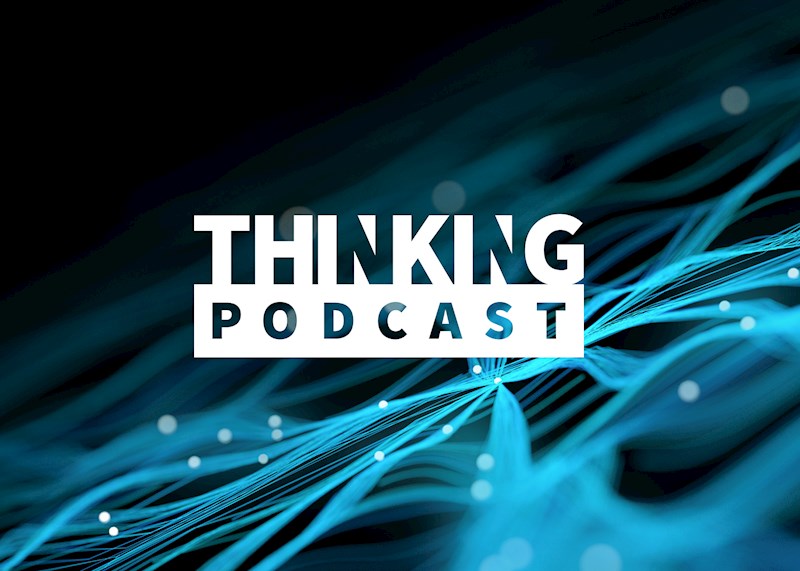In terms of changes to its economic forecasts, the Fed now sees 2023's economic growth coming in much higher than it estimated in March, though relatively the same in the coming two years. It sees unemployment being a little lower than previously anticipated, but the range of possible inflation very moderately higher in the coming two years. As a result, the lower bar for the range of expectations around the funds rate moved tangibly higher for 2023 (i.e., actually pointing to another rate increase) and in 2024, while the top end of the range for 2025 almost moved higher. The Fed also increased the longer-run expected rate of interest from 2.6%-2.6% to 2.5%-2.8%; this is consistent with a higher estimated rate of r-star (the real neutral rate of interest), with the increase seemingly in line with the revised estimates put forth by “r-star” guru John Williams from the New York Fed.
This was a very hawkish pause from the Fed. It feels that growth and inflation are still not yet contained enough to warrant a clear pause—which merits the question, why not raise again at this meeting? The answer is probably down to messaging and typically wanting to transmit a clear signal on future rate changes to the market before actually making them.
Given much of the strength in the economic data has come from more recent data reports, the Fed may have felt there was not enough time to adequately prep the markets ahead of time. The Fed is also trying to balance the ongoing need to bring down still-high inflation and inflationary expectations—which are being accompanied by the still-strong employment, wage data, and consumer spending—with evidence from just about all leading economic indicators that the economy is heading toward a downturn.
Powell yet again told us that the Fed is "acutely" aware of the significant cost to many households from too-high inflation, and that it has also learnt the lessons from former Fed Chairman Volcker—much lauded in the pantheon of Fed chairs—about "keeping at it." The Fed will also know that central banking credibility tends to be asymmetric—hard to gain, but easy to lose. If it had greater credibility today, we suspect the Fed would have far more leeway in its messaging around keeping rates on hold for a little longer and not threatening more increases in the pipeline.
Nevertheless, at today's meeting Powell made it clear that further rate increases are in the pipeline unless something dramatic happens between now and the July meeting. Yet, with monetary policy arguably already in the moderately restrictive zone, and inflation steadily falling (further tightening policy via higher real rates), the potential for a policy mistake and overtightening is clearly increasing.



